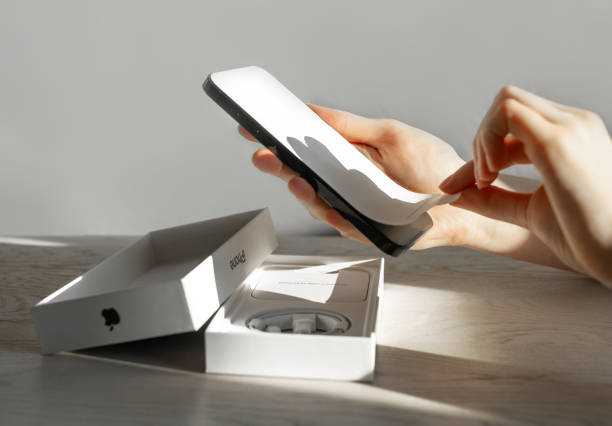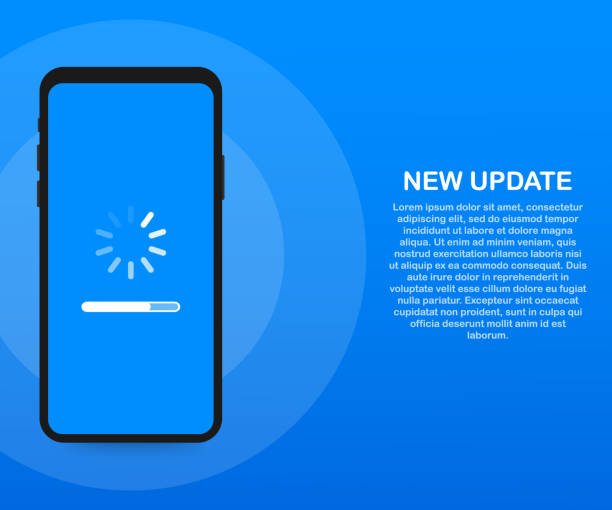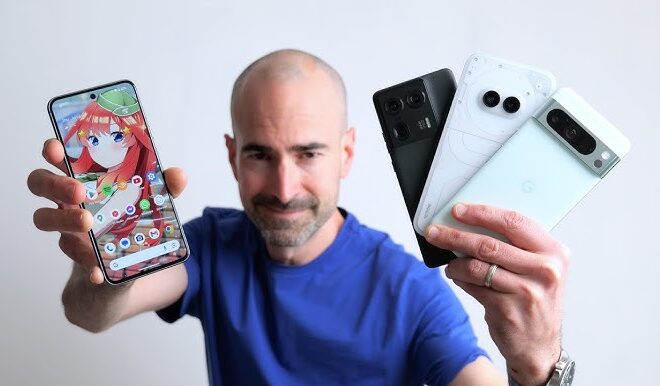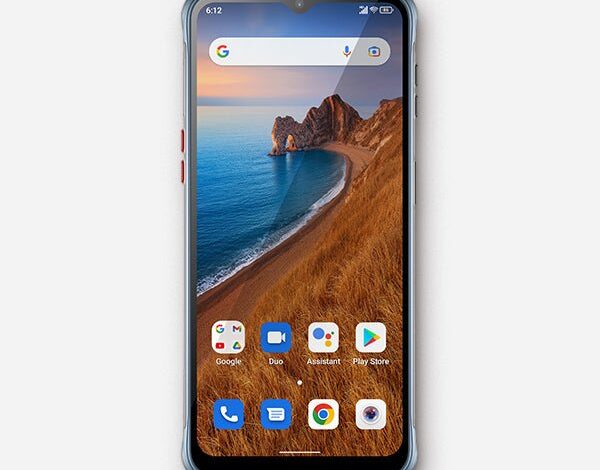
Beyond the Spec Sheet: Navigating the Complex World of Android OS Updates
The thrill of unboxing a new smartphone is a universal experience for tech enthusiasts. We meticulously compare spec sheets, debating the merits of the latest Snapdragon processor versus its MediaTek counterpart, scrutinizing camera megapixel counts, and marveling at the buttery smoothness of a 120Hz AMOLED display. These tangible hardware features dominate our purchasing decisions. Yet, there is a crucial, often-overlooked specification that dictates the true lifespan, security, and long-term value of our beloved Android gadgets: the manufacturer’s software update policy. In an increasingly fragmented market, understanding the nuances of OS upgrades and security patches has shifted from a niche concern to an essential piece of consumer knowledge. This article will delve into the complex world of Android updates, explain why they are more critical than ever, and provide you with the actionable insights needed to make a smarter, more future-proof investment in your next device.
The Android Update Ecosystem: A Fragmented Landscape
To understand why one brand might offer five years of support while another offers only two, it’s essential to grasp the fundamental structure of the Android operating system and its distribution. Unlike Apple, which maintains tight control over both its iOS software and iPhone hardware, the Android ecosystem is a collaborative, and at times convoluted, partnership between Google and hundreds of Original Equipment Manufacturers (OEMs).
What Are Android Updates? The Two-Fold System
When we talk about “updates,” we’re generally referring to two distinct categories, both vital for a healthy device:
- Major OS Updates: These are the annual, named releases from Google (e.g., Android 13 “Tiramisu,” Android 14 “Upside Down Cake,” Android 15 “Vanilla Ice Cream”). They introduce significant new features, user interface redesigns, privacy enhancements, and underlying system-level improvements. Receiving these updates keeps your phone feeling modern and equipped with the latest capabilities.
- Security Patch Updates: Released monthly by Google, these are smaller but critically important updates. They don’t add flashy features; instead, they patch security vulnerabilities and exploits discovered in the Android framework. Staying current with security patches is your primary defense against malware, data breaches, and other digital threats.
Why the Discrepancy? Google vs. OEMs
The core of the fragmentation issue lies in the update delivery process. Google develops the base Android Open Source Project (AOSP) and releases it to the world. For its own Pixel phones, Google can integrate, test, and roll out the new OS version almost immediately. However, for every other manufacturer, the process is far more complex:
- Adaptation: OEMs like Samsung, Xiaomi, OnePlus, and others take the AOSP code and must adapt it to their unique hardware configurations, including processors, modems, and camera sensors.
- Customization: They then layer their proprietary software “skin” on top of the base Android. This includes custom launchers, features, and visual styles, such as Samsung’s One UI, Xiaomi’s HyperOS, or OnePlus’s OxygenOS.
- Testing: This modified software must be rigorously tested across dozens of device models to ensure stability and squash bugs.
- Carrier Approval: In many regions, the update must also be approved by cellular carriers before it can be pushed to users, adding another layer of delay.
This entire process costs significant time and money. Consequently, each OEM makes a business decision on how long it’s willing to invest these resources into supporting a particular device after its release, leading to the wide variance in update policies we see today.
Decoding the Promises: Who Offers What?

In recent years, software support has become a key battleground for Android phone manufacturers. As hardware innovation begins to plateau, a strong update promise is a powerful way to build brand loyalty and justify a premium price. The policies, however, are far from uniform.
The Gold Standard: Google and Samsung
At the top of the pyramid are Google and Samsung, who have set a new industry benchmark. With the launch of the Pixel 8 series, Google made a groundbreaking promise of seven years of both OS and security updates. This commitment ensures that a phone purchased today will still be receiving the latest software and security protection well into the next decade.
Not far behind, Samsung has earned widespread praise for its robust policy. For its flagship Galaxy S series, Z series, and many of its popular mid-range A-series devices, Samsung promises four generations of major OS updates and five years of security patches. This aggressive strategy has transformed Samsung’s reputation and provides immense long-term value to its customers.
The Contenders: Progress and Pitfalls
Other major players have made significant strides but often with more caveats. Brands like OnePlus and its parent company Oppo typically offer strong support for their flagship models (e.g., three or four major OS updates). However, this commitment can become less clear or shorter for their more affordable mid-range and budget lines. Similarly, Xiaomi provides a varied level of support across its vast portfolio of Xiaomi, Redmi, and POCO branded phones, requiring consumers to research the specific policy for the exact model they’re considering.
The “Value” Trap: When Price Outpaces Policy
One of the most common pitfalls for consumers exists in the highly competitive “premium mid-range” or “flagship killer” segment. These are devices priced between $400 and $700 that often boast incredible hardware specifications—a top-tier processor, a high-refresh-rate display, and blazing-fast charging. Consumers see this raw power and assume it’s a fantastic deal.
However, this is often where manufacturers cut corners on software commitment. A device might be sold with the promise of only two major OS updates. Consider this real-world scenario: A user buys a brand-new, powerful phone running Android 14. It will receive Android 15 and then Android 16, after which it will get no more feature updates. By its third year, while its powerful hardware is still perfectly capable, the phone will be stuck on an outdated OS, missing out on new features and potentially falling behind on crucial security integrations. This is the “value trap”—paying a premium price for hardware that will be let down by premature software obsolescence.
Why Software Longevity Matters More Than Ever

In an interconnected world, the software running on your phone is just as important as the silicon inside it. A long-term update policy is not just a “nice-to-have” feature; it’s fundamental to the device’s security, functionality, and overall value.
Security: Your First Line of Defense
The most compelling reason for consistent updates is security. Every month, new vulnerabilities are discovered that could allow malicious actors to steal your data, monitor your activity, or take control of your device. Security patches are the digital equivalent of fixing a broken lock on your front door. Using a phone that no longer receives these patches is like leaving that door wide open. As our phones become central hubs for banking, communication, and personal identification, running a secure and patched OS is non-negotiable.
Functionality and App Compatibility
As operating systems evolve, so do the apps that run on them. App developers often leverage new APIs and security features available only in newer versions of Android. Over time, you may find that essential applications, particularly those for banking or corporate security, will require a minimum OS version to function. A phone stuck on an old version of Android could lose access to the very apps you rely on daily, effectively crippling its usefulness long before the hardware fails.
The Sustainability and Value Argument

The constant cycle of replacing smartphones generates a tremendous amount of electronic waste. Longer software support directly combats this. When a phone is supported for five, six, or even seven years, consumers are empowered to keep their devices for longer, reducing environmental impact. Furthermore, this longevity directly translates to higher resale value. An Android phone with two years of guaranteed updates remaining will command a much higher price on the second-hand market than an identical model whose software support has just expired. Keeping up with Android news and manufacturer policies can directly impact your wallet.
A Buyer’s Guide to Future-Proofing Your Android Phone
Navigating the market requires a shift in mindset. Instead of being dazzled solely by hardware, you must become a savvy software policy investigator. Here are some best practices to ensure your next purchase is a lasting one.
Tips and Considerations for Smart Shopping
- Research Beyond the Spec Sheet: Before you add a phone to your cart, open a new tab and search for “[Phone Model] software update policy.” Look for official statements from the manufacturer. Don’t rely on assumptions.
- Prioritize the Policy: Weigh the update promise against the hardware. Is a slightly slower processor with a five-year security guarantee a better long-term choice than a top-of-the-line chip with only two years of support? For the average user, the answer is almost always yes.
- Consult Community and News Sources: An official promise is one thing; execution is another. Check reputable tech news sites and community forums like XDA Developers or Reddit. See if the manufacturer has a history of delivering updates on time or if they are frequently delayed and buggy. Real-world performance is a key indicator.
- Understand Price Tier Expectations: While the situation is improving, it’s still a general rule that flagship Android phones receive the longest and most reliable support. If you’re buying a budget device, temper your expectations, but still compare policies between brands—some budget manufacturers are better than others.
Conclusion: Demanding More from Our Devices
The conversation around Android phones is evolving. For years, the “spec war” dominated our attention, focusing on tangible numbers like gigahertz and megapixels. Today, the true measure of a device’s quality and value lies in its longevity, which is inextricably linked to the manufacturer’s commitment to software support. A robust update policy ensures your device remains secure, functional, and enjoyable for years, not just months. As consumers, we have the power to drive change. By prioritizing and demanding transparent, long-term update policies, we signal to the industry that we value sustainability and lasting quality over fleeting hardware advantages. The next time you shop for a new Android phone, look beyond the shiny exterior and the impressive spec sheet—invest in a device that promises not just a great today, but a secure and capable tomorrow.



